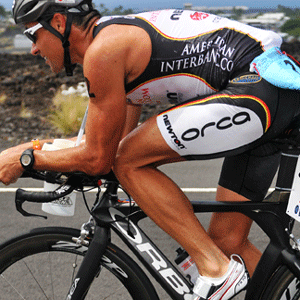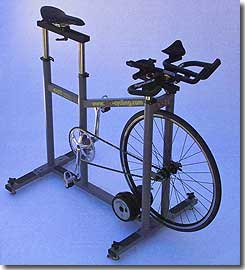The F.I.S.T. Method for fitting triathletes to their bikes
Sport is full of "systems." One might ask if all these systems are necessary, since bike riders rode, swimmers swam, and runners ran (quite well, in fact), before any of today's systems. Why do tri bike owners need a bike fit system?
In point of fact, they don't. The worth of any of these systems is directly proportional to their abilities to transfer functionality that is already well-established in sport. A system for teaching a proper golf swing, or tennis serve, results in a student's ability to play tennis or golf in a way quite similar to those who are especially adept at these sports.
A proper road bike fit system is one that helps a rider adopt a road bike fit used by most of the better road bike riders. And a proper tri bike fit system will place triathletes in an optimized position for riding a bike outfitted with aero bars.
In the absence of such a system, we at Slowtwitch.com decided to develop one, and we call it Fit Institute Slowtwitch (F.I.S.T.). This system is the logical extension of the work done by the founders of Slowtwitch, who are also the founders of Quintana Roo, the first true tri geometry bike.
The end result of a FIST fit is a position easily recognizable. Any fan of baseball, tennis, basketball, bowling, or any sport grows to know what good technique looks like. Any triathlete who follows the sport knows what a good tri bike position looks like. You don't need to be a pro to know how a pro rides.
Follow the articles in succession:
1. F.I.S.T. axioms
2. F.I.S.T. protocol
3. Measuring conventions
4. Seat height
5. Cockpit length
6. Hip angle
7. Armrest drop
8. Tools of the trade
9. Your bike's "waistline"
10. Translating fit specs to bike specs




Start the discussion at slowtwitch.northend.network